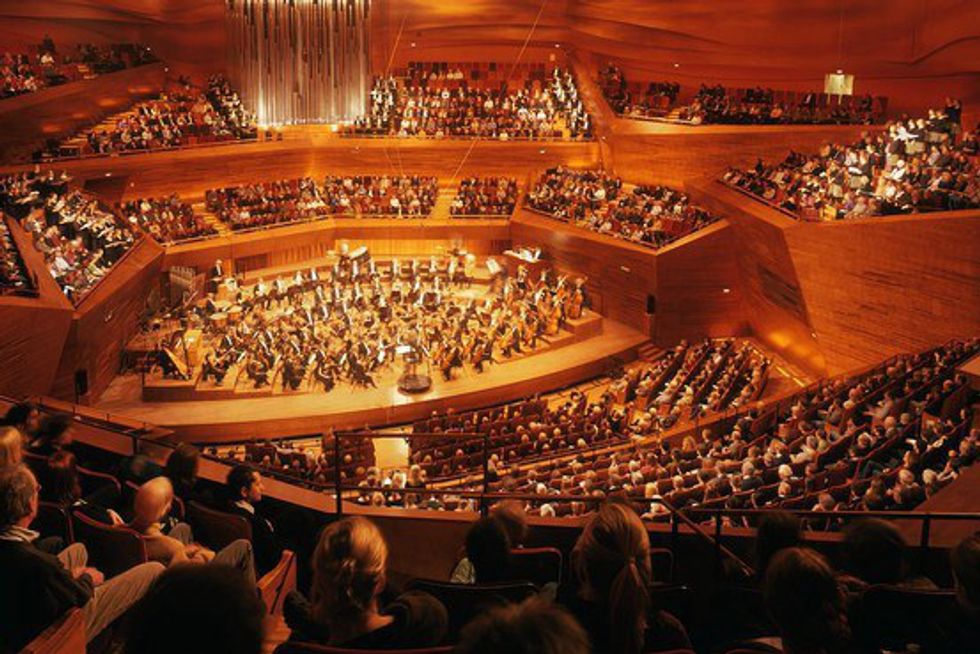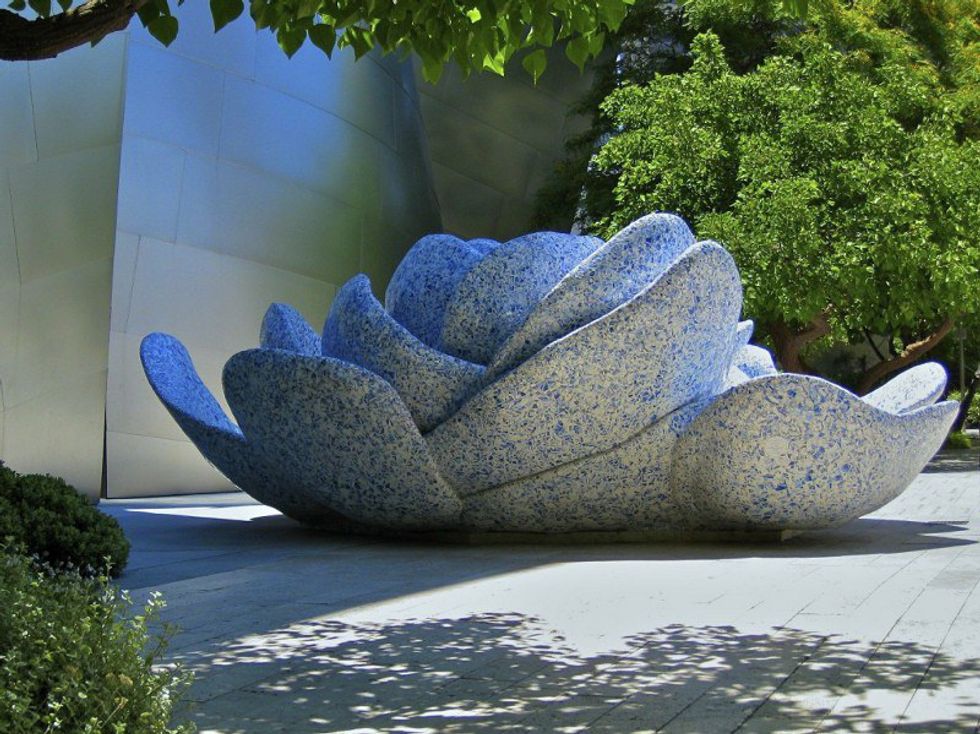The Disney Concert Hall’s history began on May 12th, 1987, when Lillian Disney donated $50 million dollars to the city of Los Angeles. It was her intent to create a concert hall that would be an excellent tribute to her husband’s memory, as well as to "give something to Los Angeles which would have lasting qualities.” In 1988, Frank Gehry competed against and beat out other architects such as Hans Hollein and Michael Wilford for the opportunity to bring the Disney Concert Hall to life. After Gehry revealed his final design in 1991, many Los Angelinos were upset at what they believed to be an ugly structure, unfit for its eventual place as tribute to and mecca for the arts. Perhaps their distaste was pertaining to the newness and unfamiliarity of deconstructionism, the style in which Disney Concert Hall was built, which is defined by the Merriam-Webster dictionary as “an architectural movement or style that encourages radical freedom of form and the open manifestation of complexity in a building rather than strict attention to functional concerns and conventional design elements.” In other words, the smooth, stainless steel curves that appear to billow in the wind and would adorn the exterior of the hall were entirely new and groundbreaking. It was the beginning of an architectural marvel, created by the mind of one visionary in order to honor another.
The lobby of the building was intended to be a “living room for the city,” which would open up onto the sidewalk as a way of bridging the gap between daily life and the inner sanctum of the hall; much in the same way that the curvy exterior complemented the cornice of the Dorothy Chandler Pavilion, creating a union between the past and the future. Within, Douglas fir lines the walls creating and maintaining a warm and comfortable atmosphere. Gehry and his team strongly favored openness and an environment that would promote equality, togetherness and a civic center for the city of Los Angeles. There are no sections for balcony or box seating. Additionally, prosceniums that would typically separate listeners from the orchestra were removed creating a stage that affords few bad seats, if any. Alaskan yellow cedar was used to build the stage, which creates excellent reverberations and can be configured and reconfigured to adjust for larger groups to perform.
The interior of the Disney Concert Hall
Keeping in line with the hopes of creating a public space or civic center, there’s a beautiful garden oasis located past the undulating curves. In the center of the garden rests a large artwork called “A Rose for Lilly,” which was built of delft china, Lillian Disney’s favorite. The rose was intended as a tribute for Mrs. Disney, who’d given the initial donation for the construction of the concert hall. Interestingly, a comparison between Lilly’s rose, Disney Concert Hall, and Walt and Lillian’s real life can be drawn. While Walt was the magnate, the main attraction who had so much to offer the world around him, Lillian was his beautiful rose; a wonderful attraction in her own right.




















